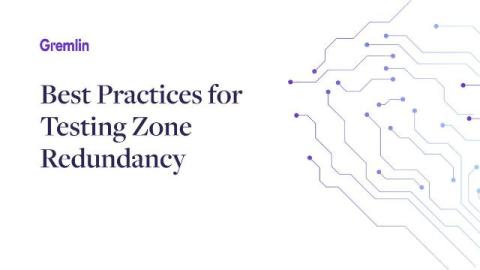Maximizing your reliability on AWS
Cloud providers like AWS excel at creating reliable platforms for developers to build on. But while the platforms may be rock-solid, this doesn’t guarantee your applications will be too. It’s the provider’s job to offer stable infrastructure, but you’re still on the hook for making your workloads resilient, recoverable, and fault-tolerant. There’s only one problem: cloud platforms are essentially black boxes.






